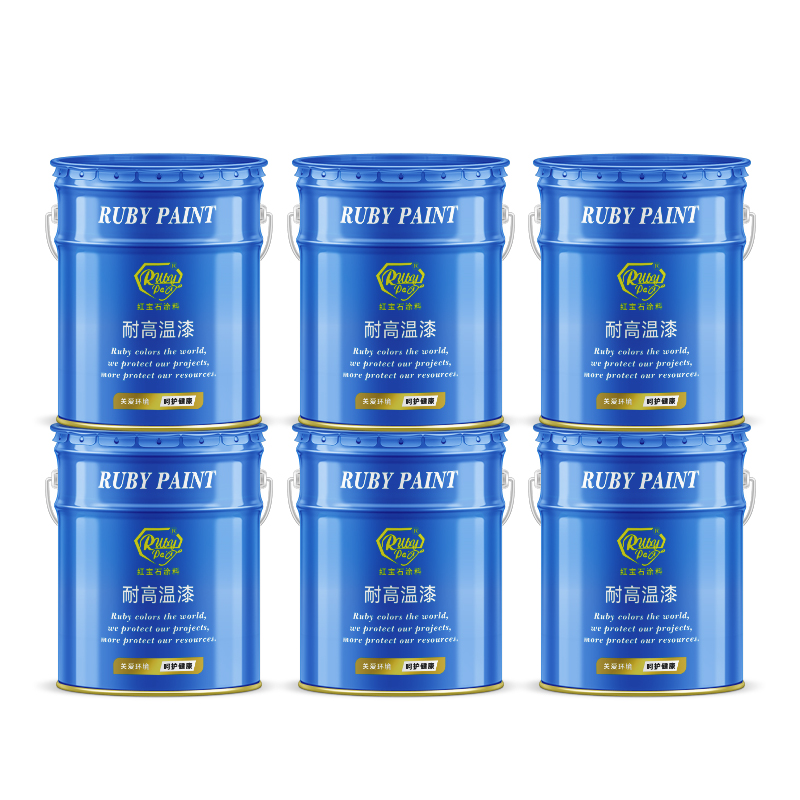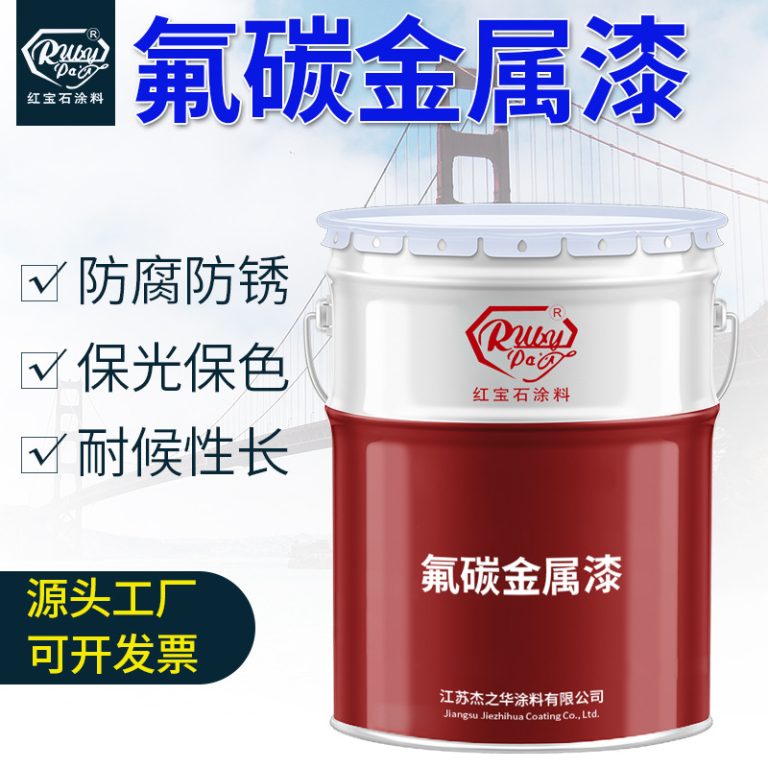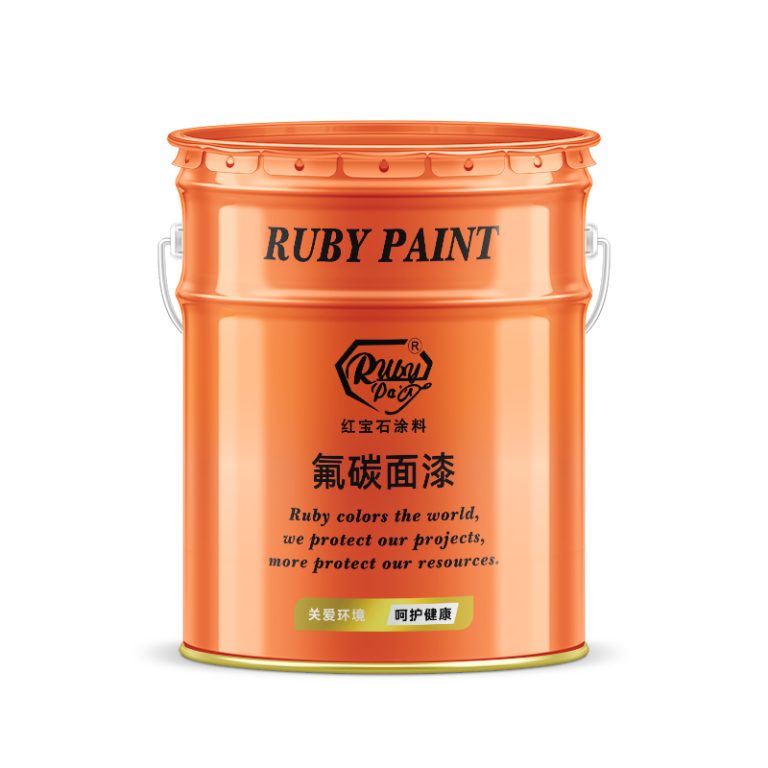Table of Contents
Understanding Epoxy Zinc Rich Primer Specifications and Standards
Epoxy zinc-rich primers are a specialized type of coating that serve as a critical line of defense in protecting steel structures from corrosion. These primers are formulated with a high concentration of zinc dust, which acts sacrificially to protect the underlying metal in corrosive environments. Understanding the specifications and standards for epoxy zinc-rich primers is essential for professionals in the construction, marine, and industrial sectors to ensure the longevity and durability of steel structures.
The performance of an epoxy zinc-rich primer is largely determined by its zinc content, which is typically specified as a percentage of the primer’s total weight. The zinc acts as a galvanic protector; when the steel is exposed to corrosive elements, the zinc corrodes preferentially, thereby shielding the steel from rust. To be effective, the primer must have a sufficient amount of zinc, and this is where specifications come into play. Industry standards often require a minimum zinc content, usually above 80% by weight in the dry film, to ensure adequate protection.
Another critical specification for epoxy zinc-rich primers is the binder system. The binder, usually an epoxy resin, holds the zinc particles in place and provides a robust matrix that adheres to the steel surface. The quality of the binder affects the primer’s adhesion, flexibility, and overall durability. High-performance epoxy resins are favored for their strong adhesion properties and resistance to harsh chemicals and environmental conditions.
The application process for epoxy zinc-rich primers is also governed by strict guidelines to ensure optimal performance. The surface preparation, typically involving abrasive blasting, must achieve a certain level of cleanliness and profile to promote maximum adhesion of the primer to the steel. The standards for surface preparation are often referenced by codes such as the Society for Protective Coatings (SSPC) or the International Organization for Standardization (ISO). These guidelines ensure that the steel surface is free from contaminants and has a suitable profile to mechanically lock in the primer.
Once applied, the thickness of the epoxy zinc-rich primer is another key specification. The primer must be applied at a thickness that ensures a continuous, impermeable barrier over the steel. This thickness is usually measured in microns or mils, and specific project requirements will dictate the target range. Insufficient thickness can lead to premature failure of the protective system, while excessive thickness can result in cracking and delamination.
Curing time and conditions are also specified for epoxy zinc-rich primers. The curing process solidifies the primer and allows the zinc and binder to form a cohesive film. The specifications will detail the required temperature and humidity conditions, as well as the time needed for the primer to reach full cure. Deviating from these conditions can compromise the integrity of the coating.
Finally, compatibility with topcoats is a crucial aspect of epoxy zinc-rich primer specifications. These primers are often part of a multi-coat system, where an intermediate coat and a topcoat are applied over the primer. The primer must be compatible with subsequent layers to prevent inter-coat adhesion issues. Specifications will often list approved topcoat systems or provide guidelines for testing compatibility with other coatings.
In conclusion, epoxy zinc-rich primers are a vital component in the protection of steel structures. The specifications and standards for these primers encompass zinc content, binder quality, surface preparation, application thickness, curing conditions, and compatibility with topcoats. Adhering to these specifications ensures that the primer performs its intended function, safeguarding the steel from corrosion and extending the life of the structure it protects. As such, a thorough understanding of these specifications is indispensable for professionals tasked with selecting and applying these advanced protective coatings.
The Role of Epoxy Zinc Rich Primers in Corrosion Protection
Epoxy zinc-rich primers are a specialized type of coating designed to provide superior corrosion protection to metal substrates, particularly steel. These primers are formulated with a high concentration of zinc dust, which is embedded within an epoxy resin matrix. The zinc acts as a sacrificial anode, meaning that it will corrode preferentially to the underlying metal, thereby protecting it from rust and degradation. This article delves into the specifications of epoxy zinc-rich primers and their pivotal role in safeguarding structures from the relentless forces of corrosion.
The efficacy of epoxy zinc-rich primers is largely attributed to their high zinc content, which typically exceeds 80% by weight in the dry film. This heavy loading of zinc is crucial for the primer to perform its protective function. Upon application and curing, the zinc particles establish a continuous conductive pathway throughout the coating. When the coated metal is exposed to corrosive environments, the zinc particles corrode sacrificially to protect the steel. This galvanic protection is most effective when the primer is applied to a clean, abrasive-blasted surface, ensuring maximum adhesion and conductivity.
| No. | Product Name |
| 1 | Industrial paint |
The specification of epoxy zinc-rich primers is governed by various standards, which dictate the minimum requirements for zinc content, binder composition, and other critical properties. For instance, ASTM A780 and ISO 12944 are widely recognized standards that provide guidelines for the application and performance of these primers. Manufacturers must adhere to these specifications to ensure that their products deliver the intended level of protection.

In terms of application, epoxy zinc-rich primers are typically applied in a single coat, with a recommended dry film thickness ranging from 50 to 100 micrometers. This thickness is a critical parameter, as it ensures an optimal balance between protection and cost-effectiveness. The primer must be allowed to cure fully before overcoating with compatible intermediate and topcoats, which provide additional barrier protection and aesthetic qualities to the finished system.
The performance of epoxy zinc-rich primers is also influenced by the type of epoxy resin used. Bisphenol A epoxies are common due to their excellent adhesion and chemical resistance. However, other formulations may be employed to meet specific requirements, such as enhanced flexibility or faster cure times. The choice of resin impacts the primer’s overall durability and its ability to withstand harsh environmental conditions.
Another key aspect of epoxy zinc-rich primer specification is the particle size and shape of the zinc dust. The zinc must be finely ground to ensure a uniform distribution within the epoxy matrix and to facilitate the formation of the galvanic cell network. Moreover, the shape of the particles can affect the packing density and, consequently, the protective capabilities of the primer.
In conclusion, epoxy zinc-rich primers are a critical component in the corrosion protection arsenal, offering long-term defense for steel structures exposed to corrosive environments. Their specification is a meticulous process that takes into account zinc content, binder type, film thickness, and particle characteristics. By adhering to established standards and carefully selecting the appropriate primer formulation, asset owners and maintenance professionals can significantly extend the service life of steel structures, ensuring their integrity and performance for years to come. As industries continue to seek more durable and cost-effective solutions, the role of epoxy zinc-rich primers remains indispensable in the fight against corrosion.
Comparing Epoxy Zinc Rich Primers: A Guide to Selecting the Right Specification
Epoxy zinc-rich primers are a specialized type of coating that serve as a critical line of defense against corrosion for steel structures. These primers are formulated with a high concentration of zinc dust, which provides cathodic protection to the underlying metal. When selecting the right epoxy zinc-rich primer, it is essential to understand the various specifications that dictate their performance and suitability for different environments and applications.
The primary function of an epoxy zinc-rich primer is to safeguard steel from corrosive elements by sacrificially corroding in place of the steel. This is achieved through the electrochemical action of zinc, which, when in contact with steel and an electrolyte, will corrode preferentially. The epoxy resin in the primer serves to bind the zinc particles together and to the steel surface, creating a durable and resistant barrier.
When comparing epoxy zinc-rich primers, one of the first considerations is the zinc content. The percentage of zinc in the dry film is a critical factor that influences the level of protection offered. Specifications often require a minimum zinc content, typically above 80% by weight in the dry film, to ensure adequate protection. It is important to verify that the product meets or exceeds this requirement to ensure long-term performance.
| No. | Commodity Name |
| 1 | Industrial paint |
Another key specification is the binder-to-pigment ratio. The binder, which is the non-volatile portion of the primer, must be present in sufficient quantity to encapsulate the zinc particles and adhere to the steel surface. However, an excess of binder can reduce the effectiveness of the zinc as it may prevent electrical conductivity between the zinc particles and the steel. Therefore, a balanced ratio is crucial for optimal protection.
The film thickness of the primer is also a significant specification to consider. The thickness of the applied primer will affect both the level of protection and the longevity of the coating system. A thicker film can provide more extended protection but may also be more prone to cracking or delamination if not applied correctly. Manufacturers typically provide a recommended range of dry film thicknesses, and adherence to these guidelines is essential for the primer to perform as intended.
In addition to these specifications, the application method and curing conditions are important factors that can influence the performance of an epoxy zinc-rich primer. The primer must be applied uniformly to ensure consistent protection across the entire steel surface. The curing process, which can be affected by temperature and humidity, must be carefully controlled to ensure the primer achieves its intended physical properties.
Compatibility with topcoats is another consideration when selecting an epoxy zinc-rich primer. The primer must be able to bond effectively with subsequent layers of coating to form a cohesive protective system. It is essential to select a primer that is compatible with the intended topcoat, as specified by the manufacturer, to prevent issues such as delamination or reduced adhesion.
Lastly, environmental regulations may dictate the use of certain types of epoxy zinc-rich primers. Volatile organic compound (VOC) content is often regulated, and primers with lower VOC levels may be required in certain regions or applications. It is important to select a primer that not only meets performance specifications but also complies with environmental regulations.
In conclusion, selecting the right epoxy zinc-rich primer requires careful consideration of various specifications, including zinc content, binder-to-pigment ratio, film thickness, application methods, curing conditions, compatibility with topcoats, and environmental compliance. By understanding these factors and how they contribute to the overall performance of the coating system, one can make an informed decision that ensures long-lasting protection for steel structures against corrosion.




